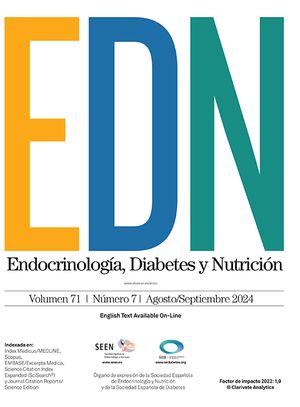Los antagonistas no peptídicos de la vasopresina (AVP), llamados vaptanes, se desarrollaron en la década de los noventa con el fin de antagonizar tanto su efecto presor como antidiurético.
Se distinguen 3 subtipos de receptores de la AVP: V1a, V1b y V2. Los primeros se hallan ampliamente distribuidos en el organismo, y las localizaciones en vasos y miocardio son las más destacadas. Los receptores V1b esencialmente están en la hipófisis anterior y median la liberación de corticotropina (ACTH). Por su parte, los receptores V2 se encuentran principalmente en las células del túbulo colector renal. Tanto los receptores V1a como V1b actúan a través del calcio (Ca++) intracelular. El receptor V2 actúa a través de la generación de adenosín monofosfato-3’,5’ cíclico (AMPc), que en último término genera la movilización de la aquaporina 2 (AQP2), que produce un aumento de la permeabilidad y permite la entrada de agua al interior de la célula.
Los vaptanes actúan de forma competitiva a nivel de receptor de la AVP. Los más importantes son mozavaptan, lixivaptan, satavaptan y tolvaptan, que son antagonistas selectivos V2 y se administran por vía oral. Conivaptan es un antagonista tanto de V1 como de V2 y su empleo es por vía intravenosa. Las características generales más importantes de todos ellos son su efecto sobre la eliminación únicamente de agua libre sin afectar la excreción de electrolitos. Hay diferentes estudios de todos ellos, tanto en estado de hiponatremia hipervolémica, como la insuficiencia cardíaca o cirrosis hepática, como en la normovolémica, como el síndrome de secreción inadecuada de hormona antidiurética (SIADH). Los estudios actuales muestran que los vaptanes son efectivos y bien tolerados, aunque las limitaciones se derivan de un conocimiento insuficiente de estos fármacos. No hay estudios de los vaptanes en cuadros de hiponatremia grave y no se han descrito cuadros de desmielinización osmótica por corrección excesiva de la hiponatremia.
The non-peptide vasopressin antagonists (VPA), called vaptans, were developed in the 1990s to antagonize both the pressor and antidiuretic effects of vasopressin.
There are three subtypes of VPA receptors: V1a, V1b and V2. V1a receptors are widely distributed in the body, mainly the blood vessels and myocardium. The V1b receptors are located mainly in the anterior pituitary gland and play a role in ACTH release. V2 receptors are located in the collecting tubular renal cells. Both V1a and V1b receptors act through the intracellular phosphoinositol signalling pathway, Ca++ being the second messenger. V2 receptors work through AMPc generation, which promotes aquaporin 2 (AQP2) trafficking and allows water to enter the cell.
The vaptans act competitively at the AVP receptor. The most important are mozavaptan, lixivaptan, satavaptan and tolvaptan, all of which are selective V2 antagonists and are administered through the oral route. In contrast, conivaptan is a dual V1 and V2 antagonist administered through the endovenous route. The main characteristics of vaptans are their effect on free water elimination without affecting electrolyte excretion. There are several studies on the effects of these drugs in hypervolemic hyponatremia (heart failure, hepatic cirrhosis) as well as in normovolemic hyponatremia (inappropriate secretion of ADH [SIADH]).
Current studies show that the vaptans are effective and well tolerated, although knowledge of these drugs remains limited. There are no studies of the use of vaptans in severe hyponatremia. Osmotic demyelination syndrome due to excessively rapid correction of hyponatremia has not been described.




